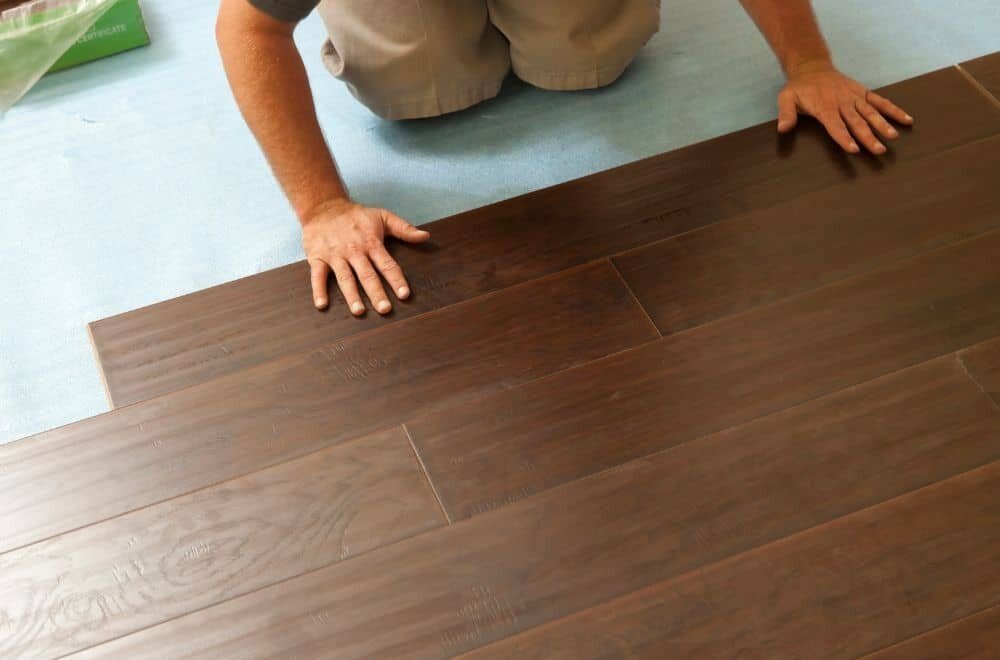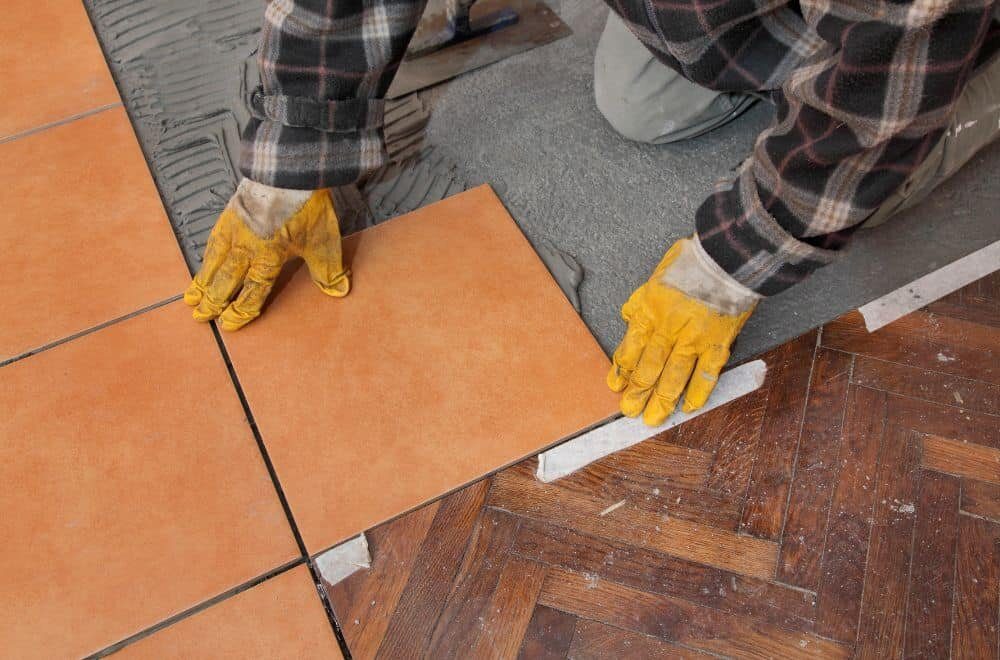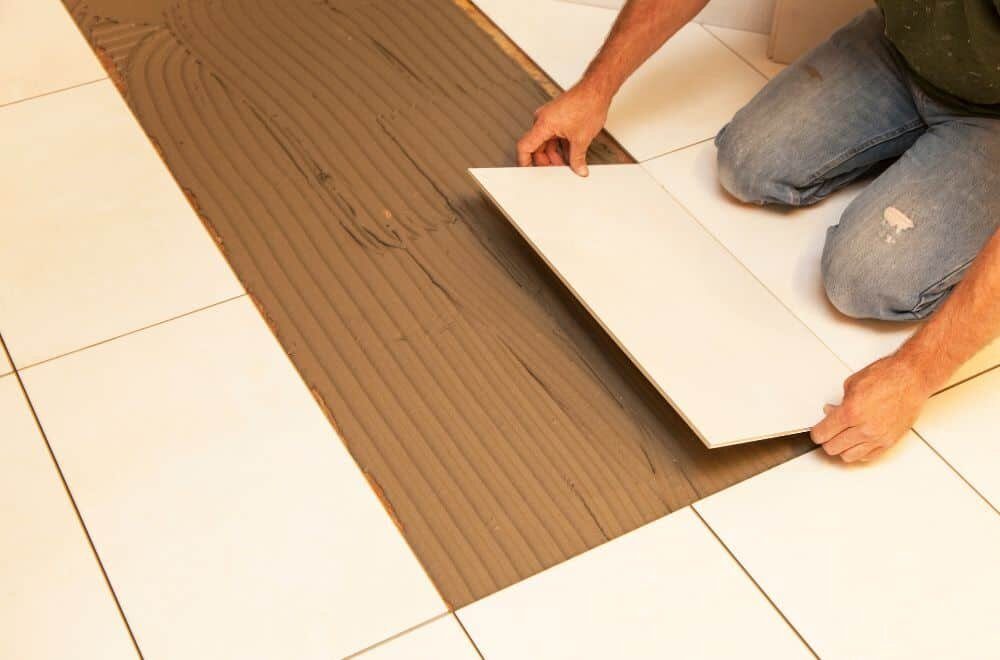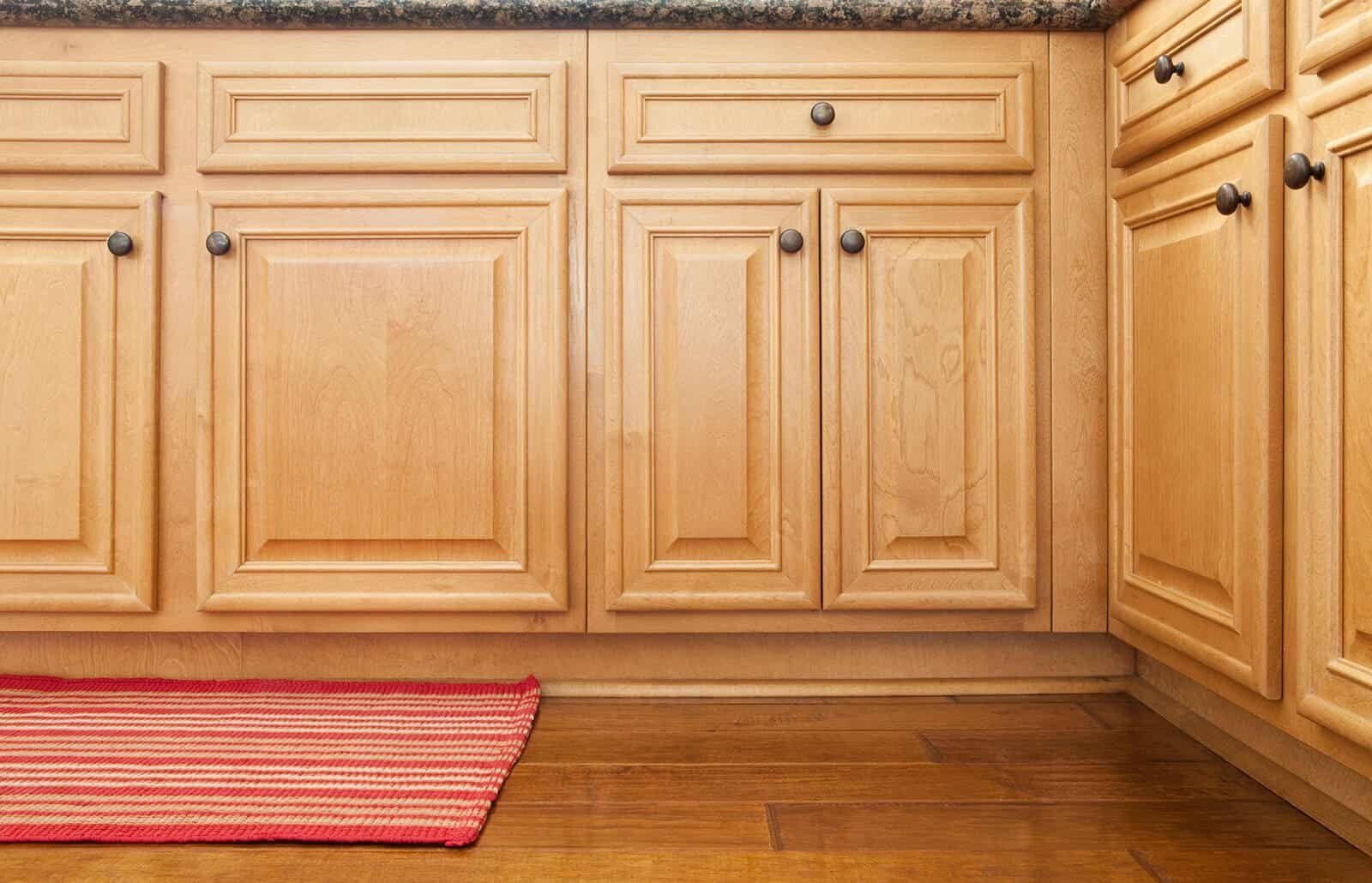Building a wooden garden gate can add both beauty and functionality to your yard. Whether you want to keep animals out of your garden or simply create a charming entrance to your outdoor space, a well-built gate can do the trick. In this article, we will guide you through the steps of building a wooden garden gate, from selecting the right materials to hanging the finished product.
Before you start building, it’s important to determine the size and style of your gate. Consider the overall aesthetic of your yard and choose a design that complements it. Once you have a plan in place, gather the necessary tools and materials, including a screwdriver, power drill, compound miter saw, carpenter’s level, and jigsaw. You’ll also need wood boards, screws, hinges, and a latch. With these items on hand, you’re ready to get started on your DIY garden gate.
Understanding the Basics
Building a wooden garden gate is a great way to add character and security to your outdoor space. However, before you start constructing your gate, you need to understand the basics of gate building. This section will help you get started by discussing the types of wood you can use, the tools you will need, and some safety measures to keep in mind.
Types of Wood
When it comes to building a wooden garden gate, you have a few options for the type of wood you can use. Here are some of the most popular choices:
- Cedar: A popular choice for its durability and resistance to rot and insects.
- Redwood: Another durable option that is resistant to decay and insects.
- Pressure-treated pine: A budget-friendly option that is treated with chemicals to resist rot and insects.
- Mahogany: A more expensive option that is very durable and has a beautiful grain.
When choosing your wood, make sure to select boards that are straight and free of knots.
Tools Needed
To build a wooden garden gate, you will need a few basic tools. Here are some of the most important ones:
- Circular saw: Used to cut the boards to size.
- Drill: Used to drill pilot holes and screw the boards together.
- Level: Used to make sure the gate is straight.
- Tape measure: Used to measure the boards.
- Sawhorses: Used to support the boards while you work.
- Clamps: Used to hold the boards in place while you work.
Safety Measures
When building a wooden garden gate, it is important to keep safety in mind. Here are a few safety measures to follow:
- Wear eye protection: When cutting wood, sawdust can fly into your eyes, so make sure to wear safety glasses.
- Use ear protection: Power tools can be loud, so wear earplugs or earmuffs to protect your hearing.
- Use a dust mask: Sawdust can be harmful to breathe in, so wear a dust mask to protect your lungs.
- Use caution with power tools: Make sure to read the instructions and follow safety guidelines when using power tools.
By understanding the basics of gate building, you can start constructing your own wooden garden gate with confidence.
Designing Your Garden Gate
When it comes to designing your garden gate, there are a few key factors to consider. In this section, we’ll go over the size and dimensions as well as the style and aesthetics you should keep in mind when designing your gate.
Size and Dimensions
Before you begin building your garden gate, you’ll need to determine the size and dimensions that will best fit your space. Consider the width of your gate opening, as well as the height of your fence. You’ll want to make sure your gate is wide enough to accommodate any equipment you may need to bring into your garden, such as a wheelbarrow or lawnmower.
When it comes to height, a standard garden gate is typically around 4 feet tall. However, you should consider your specific needs. If you have pets or small children, you may want to consider a taller gate to ensure their safety.
Style and Aesthetics
Once you’ve determined the size and dimensions of your gate, it’s time to consider the style and aesthetics. Do you want a gate that blends in with the rest of your fence, or do you want something that stands out as a focal point in your garden?
Consider the materials you’ll be using for your gate. Cedar is a popular choice for its durability and natural beauty, but you may also want to consider other woods or even metal for a unique look.
When it comes to style, you can choose from a variety of designs, from simple and traditional to more ornate and decorative. You may also want to consider adding a latch or lock for added security.
Overall, the design of your garden gate should complement the style of your garden while also serving its practical purpose. By keeping these factors in mind, you’ll be able to create a gate that is both functional and beautiful.
Preparing the Wood
Before you start building your wooden garden gate, you’ll need to prepare the wood. This involves selecting the right type of wood and cutting it to the right size. In this section, we’ll go over the steps you need to take to prepare your wood.
Selecting the Wood
The type of wood you choose for your garden gate will depend on your personal preference, budget, and the climate in your area. Some popular choices for garden gates include cedar, redwood, and pressure-treated pine. Cedar and redwood are naturally resistant to rot and insects, making them a good choice for outdoor use. Pressure-treated pine is an affordable option that can also withstand the elements, but it may not be as aesthetically pleasing as cedar or redwood.
When selecting your wood, make sure it is straight and free of knots or cracks. You should also check the moisture content of the wood using a moisture meter. Ideally, the moisture content should be between 12% and 15%. If the wood is too wet, it may warp or crack as it dries.
Cutting the Wood
Once you have selected your wood, it’s time to cut it to the right size. You’ll need a few tools for this, including a saw, a measuring tape, and a square. Make sure your saw is sharp and in good condition before you start cutting.
Start by measuring and marking the wood according to your gate design. Use the square to ensure your cuts are straight and accurate. If you are using a decorative profile, you may need to use a jigsaw to make the cuts.
After cutting the wood, sand the edges to remove any rough spots or splinters. You may also want to sand the entire surface of the wood to prepare it for staining or painting.
By following these steps, you can prepare your wood for building a beautiful and functional garden gate.
Assembling the Gate
Now that you have all the pieces cut to size, it’s time to assemble the gate. This section will walk you through the process step-by-step.
Joining the Pieces
- Lay out the cedar tongue and groove boards side by side on a flat surface, with the groove side facing up.
- Apply a thin layer of carpenter’s glue to the edges of each board where they will be joined.
- Insert the tongue of one board into the groove of the next, making sure they are flush.
- Use a straight edge ruler to ensure the boards are aligned and straight.
- Repeat steps 2-4 until all boards are joined together.
- Clamp the boards together and let the glue dry for at least 24 hours.
Installing the Hardware
- Determine where you want to install the hinges and latch on the gate and gate post.
- Measure and mark the locations for the hinges and latch on both the gate and gate post.
- Pre-drill holes for the screws using a small diameter drill bit.
- Attach the hinges to the gate using exterior grade screws.
- Hold the gate up to the gate post and attach the hinges to the post using exterior grade screws.
- Install the latch onto the gate and gate post.
- Test the gate to ensure it swings smoothly and the latch works properly.
Congratulations! You have successfully assembled your wooden garden gate.
Installing the Gate
Once you have built your wooden garden gate, it’s time to install it. Here are some steps to help you install your gate properly.
Positioning the Gate
Before you begin installing your gate, you need to decide where to position it. Make sure you choose a spot that is level and has enough clearance for the gate to swing open and closed without hitting any obstacles.
Once you have chosen the spot, use a measuring tape to measure the distance between the gate posts. This will help you determine the size of the gate you need to build.
Securing the Gate
To secure the gate, you will need to attach hinges to the gate and the gate post. Make sure the hinges are level and evenly spaced. You can use a carpenter’s level to ensure the hinges are level.
Once you have attached the hinges, you can hang the gate on the hinges. Make sure the gate is level and swings smoothly. If the gate is not level, you may need to adjust the hinges or the gate itself.
To keep the gate closed, you will need to install a latch. There are many types of gate latches available, so choose one that suits your needs. Make sure the latch is installed at a height that is easy to reach and that it securely holds the gate closed.
Congratulations! You have successfully installed your wooden garden gate. Now you can enjoy the beauty and functionality of your new gate.
Maintaining Your Wooden Garden Gate
To ensure the longevity and beauty of your wooden garden gate, it’s important to perform regular maintenance. Here are some tips on how to keep your gate looking great for years to come.
Regular Cleaning
Dirt, grime, and other debris can accumulate on your gate over time, making it look dull and unattractive. To keep your gate looking its best, it’s important to clean it regularly. Here’s how:
- Use a soft-bristled brush or cloth to remove loose dirt and debris from the gate.
- Mix a solution of warm water and mild detergent, such as dish soap or laundry detergent.
- Dip a clean cloth or sponge into the solution and use it to scrub the gate, paying special attention to any areas that are particularly dirty.
- Rinse the gate thoroughly with clean water and allow it to dry completely before applying any sealant or stain.
Yearly Sealing
Sealing your wooden garden gate is an important step in protecting it from the elements and prolonging its lifespan. Here’s how to do it:
- Choose a high-quality sealant or stain that is specifically designed for use on outdoor wood.
- Use a paintbrush or roller to apply the sealant or stain to the gate, making sure to cover all surfaces evenly.
- Allow the sealant or stain to dry completely according to the manufacturer’s instructions before using the gate.
- Repeat this process once a year to maintain the gate’s protection and appearance.
By following these simple maintenance tips, you can keep your wooden garden gate looking beautiful and functioning properly for years to come.






